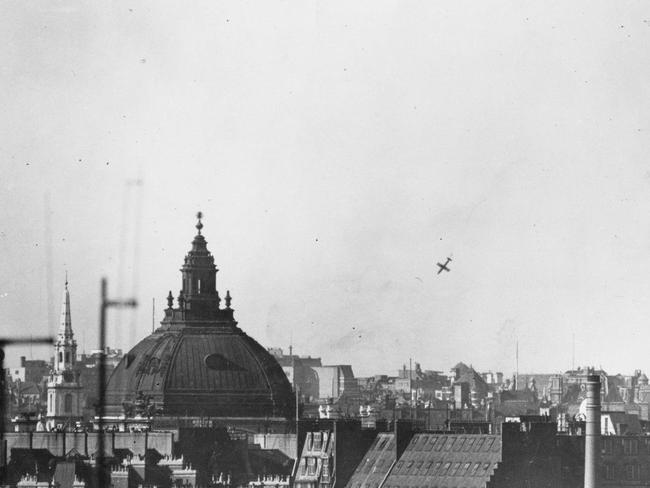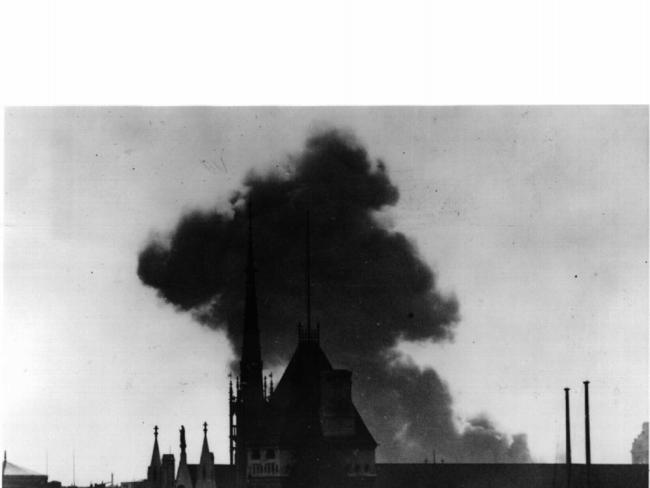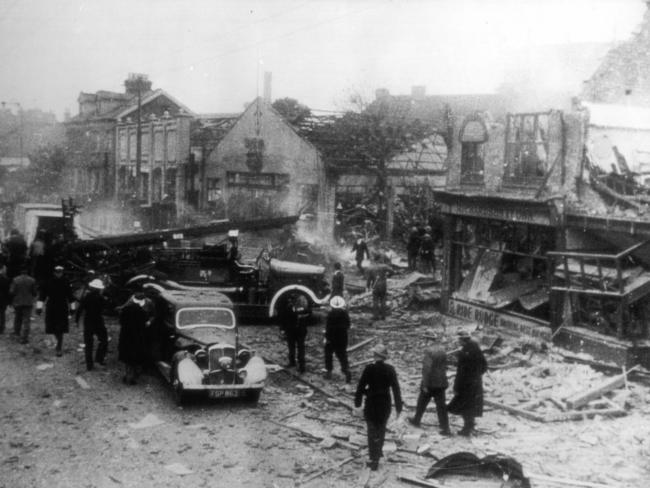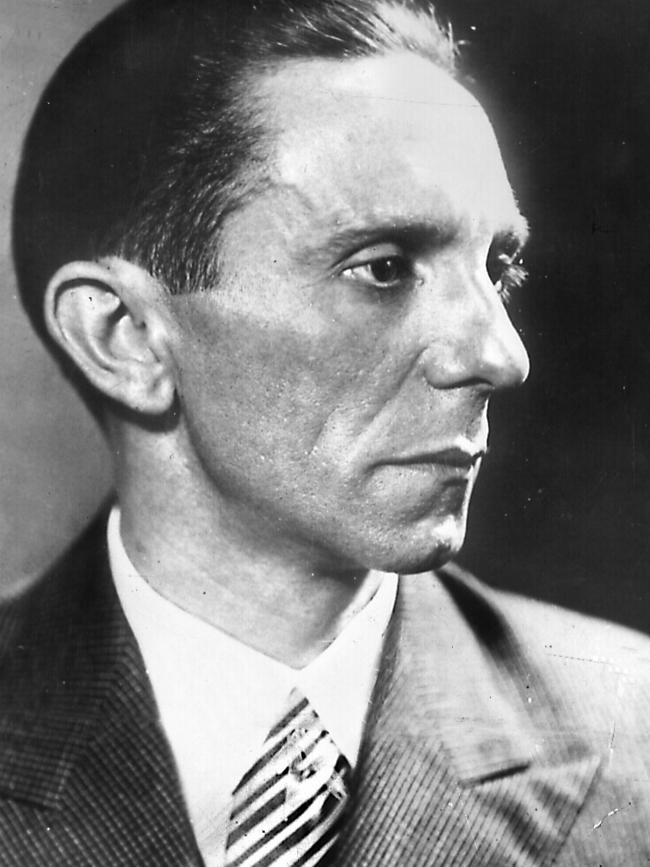Hitler send V-1 rockets as revenge against Allied bombings in Germany
In the early hours of June 13, 1944, a strange sound broke the silence. It was the noise of the first V-1 “buzz bomb” landing in England
It was about 4.25am on June 13, 1944, that war-ravaged London woke up to a strange sound. Some people described it as a buzzing. It got steadily louder before it suddenly cut out after which there was a sound of an explosion that rocked parts of East London. It destroyed a part of the Grove St railway bridge, along with several houses, killing six people. Apart from the weird noise that preceded its explosion this was thought to be like any other bomb, but when locals emerged from their homes as the emergency teams dealt with the incident, they realised something was different. The parts of the bomb that survived the explosion didn’t look like an ordinary explosive device. Officials were questioning witnesses and swearing them to secrecy.
This was a new kind of weapon. Dubbed the “flying bomb”, the “robot bomb”, “buzzbomb” or “doodlebug”, it was a device packed with explosives that flew like a jet aircraft, but without a pilot, from launch pads in mainland Europe.
Essentially the first drone weapon in history, the V-1, first launched on that late spring morning 75 years ago today, signalled a desperate attempt by the Nazis to regain some of the initiative in the war after the Allies landed forces at Normandy on D-Day.


Although it was an effective weapon in many ways, causing damage and terrifying the population of cities where it hit, only about a quarter of the rocket bombs landed on their targets and they ultimately failed to bring any significant advantage to the Nazis.
The idea of flying bombs had been proposed as early as the 1930s by Fritz Gosslau, who worked for the Argus Motoren company, a manufacturer of car and aircraft engines. Gosslau was trying to develop a kind of pilotless aircraft, using an experimental pulse-jet engine, that could deliver a payload to a target hundreds of kilometres away.
The German air ministry initially rejected the idea but after the Allies bombed the medieval Germany city of Lubeck in April 1942 Hitler ordered retaliatory attacks on Britain and Gosslau was given the go-ahead to develop his weapon. It was given the code name Kirschkern or “cherry pit”.
Gosslau teamed up with Robert Lusser, a well known aircraft designer, who helped create the hull and made it possible for the device to fly using only one pulse-jet engine. The jet engines were relatively cheap to mass produce and the body of the V-1 (then still known as the Fiesler Fi-103) was a simple steel tube with plywood wings attached.
Further development took place at the top-secret rocket research facility at Peenemunde. The first tests of the V-1 took place in October 1942, when it was dropped from an aircraft to test how well it glided. The first powered flight was in December, but it was still launched from beneath an aircraft. Gosslau and Lusser spent months perfecting the guidance system, accuracy and range.

It went into mass production in 1943 at the Volkswagen factory in Fallersleben and the bombs were taken to Peenemunde where a special regiment was trained to launch them. Preparations began on 96 launch sites in northern France.
When the Allies started swarming ashore on D-Day, June 6, 1944, Hitler was incensed and ordered vengeance visited upon the British. On June 13, the first bombs landed harmlessly in Swanscombe, Kent, but the one that landed in East London caused the first casualties. The Grove St railway bridge was repaired by 7pm the same day.
Nazi propaganda minister Joseph Goebbels exploited the news of the impact of the bombs in his newspaper The Reich. One of his journalists coined the term Vergeltungswaffe, which was given official approval by Hitler. The weapon became known as the Vergeltungswaffe-1 or V-1, as opposed to the rocket-powered missiles also in development the V-2, which would first be launched in September.

More than 9500 V-1 bombs were launched at British targets from June until October, when the launch facilities were overrun. Only about 2500 landed on target. The Allies found them difficult to shoot down to begin with but gradually developed ways of tracking the bombs and stopping them. Even so, the bombs killed more than 6000 people.
The Germans then changed to other targets, killing more than 4000 people in mainland Europe. Later a longer range version was developed and in March new V-1 attacks were launched on Britain. But by then the Allies had developed effective countermeasures and the last V-1 was launched on March 29.



